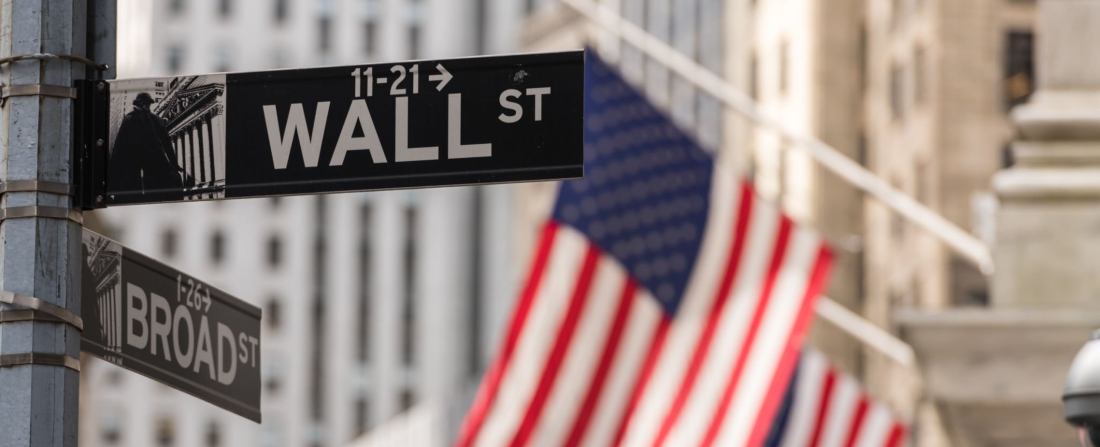Key Insights
- Global markets plummet with U.S. stock futures down 3-4.7% and Japan’s Nikkei 225 crashing 12.4%, its worst day since 1987.
- Tech stocks lead the sell-off, with Nvidia, Apple, and Tesla seeing significant losses.
- Recession fears intensify following disappointing U.S. jobs report and concerns over Federal Reserve policy.
NEW YORK (MarketsXplora) – Global financial markets tumbled on Monday, with U.S. stock futures plummeting and Japan’s Nikkei 225 suffering its worst one-day loss since the 1987 Black Monday crash, as investors grappled with mounting fears of a U.S. recession.
The sell-off, triggered by Friday’s disappointing U.S. jobs report, gained momentum across asset classes, with cryptocurrencies and commodities also caught in the downdraft.
As of early trading, S&P 500 futures were down 3%, Nasdaq-100 futures plunged 4.7%, and Dow Jones Industrial Average futures dropped 800 points or 2%. The declines followed significant losses on Friday, with the S&P 500 losing 1.8% and the Dow shedding 611 points.
“It’s painful,” said Victoria Greene, chief investment officer at G Squared Private Wealth, on CNBC’s “Worldwide Exchange.” “This is a pullback, a correction. We’ll probably hit oversold at some point…rather quickly at these levels.”
In Asia, the Nikkei 225 plummeted 12.40% to close at 31,458.42, its largest single-day point loss in history at 4,451.28 points. The drastic fall confirmed a bear market for Japanese stocks and marked the worst day for the index since the infamous “Black Monday” of 1987.
Tech Stocks Lead Market Sell-Off
Tech stocks, which have been the darlings of the market in recent months, bore the brunt of the sell-off. Nvidia tumbled 9%, already down more than 23% from its recent high. Apple cratered more than 8% after Warren Buffett’s Berkshire Hathaway halved its stake in the iPhone maker. Tesla, Broadcom, and Super Micro Computer also saw significant losses.
The global flight to safety saw U.S. Treasury yields tumble, with the benchmark 10-year note yielding 3.76% on Friday, its lowest in a year. Bitcoin, often touted as a hedge against traditional market volatility, plunged from nearly $62,000 on Friday to around $52,000 on Monday.
Adding to the market turmoil, the CBOE Volatility Index shot above 46, reaching levels not seen since the early days of the pandemic in 2020. Europe’s Stoxx 600 was off by 2.6% in London.
Analysts pointed to multiple factors exacerbating the sell-off, including the unwinding of the once-hot artificial intelligence trade and the end of the yen carry trade following the Bank of Japan’s interest rate hike last week.
“With the soft employment report, the NASDAQ correction, the plunge in bond yields, and the plunge in commodity prices, it’s possible we’re seeing recession signals coming home to roost,” wrote Evercore ISI Chairman Ed Hyman in a Sunday note.
However, some analysts cautioned against excessive pessimism.
“This is not the time to panic in our opinion,” Wedbush analyst Dan Ives told CNBC on Monday morning. “It’s not the time to hit the exit buttons.”
Investors are now eyeing the July ISM Services PMI, due out Monday, for further clues on the health of the U.S. economy. The measure of U.S. services companies’ performance is expected to rise to 50.9, up from 48.8 previously.


